-
×
 Red Twig Dogwood Live Plant Shrub, Well Rooted, No Pot, 8-16 Inc Liners, No Leaf in Winter
$47.99
Red Twig Dogwood Live Plant Shrub, Well Rooted, No Pot, 8-16 Inc Liners, No Leaf in Winter
$47.99 -
×
 American Elderberry Bushes Live Plants, From 6 To 12 Inch Tall, Black Elderberry Plants Live For Planting
$29.99
American Elderberry Bushes Live Plants, From 6 To 12 Inch Tall, Black Elderberry Plants Live For Planting
$29.99 -
×
 Set of 300 Periwinkle Plants Live, Vinca Plants, Vinca Minor Plants, 6 to 8 Inc Tall, Vinca Minor Ground Cover Plants, Vinca Well Rooted, Ready to Plant
$138.98
Set of 300 Periwinkle Plants Live, Vinca Plants, Vinca Minor Plants, 6 to 8 Inc Tall, Vinca Minor Ground Cover Plants, Vinca Well Rooted, Ready to Plant
$138.98 -
×
 200 Rhubarb Seeds for Planting, Heirloom Non GMO Seeds, High Germination Rate, easy to Plant
$14.99
200 Rhubarb Seeds for Planting, Heirloom Non GMO Seeds, High Germination Rate, easy to Plant
$14.99 -
×
 Garlic Bulbs For Planting, Seed Garlic Bulbs, 1 Pound - Music Garlic
$29.99
Garlic Bulbs For Planting, Seed Garlic Bulbs, 1 Pound - Music Garlic
$29.99 -
×
 Abutilon Chinese Lantern Plant Starter - 2-4'' Tall Blooming Flower Plant
$23.99
Abutilon Chinese Lantern Plant Starter - 2-4'' Tall Blooming Flower Plant
$23.99 -
×
 4 Hot Carolina Reaper Pepper Plants, World Hottest Pepper Plants, 80 Days Old Well Rooted, Live Hot Pepper Plants, Pepper Seedlings for Planting
$36.99
4 Hot Carolina Reaper Pepper Plants, World Hottest Pepper Plants, 80 Days Old Well Rooted, Live Hot Pepper Plants, Pepper Seedlings for Planting
$36.99 -
×
 450 Vinca Plants, Vinca Minor Ground Cover Plants, Vinca Minor Plants, Periwinkle Plants Live, 6 to 8 Inc Tall, Vinca Well Rooted for Garden
$199.99
450 Vinca Plants, Vinca Minor Ground Cover Plants, Vinca Minor Plants, Periwinkle Plants Live, 6 to 8 Inc Tall, Vinca Well Rooted for Garden
$199.99 -
×
 Lemon Cucumber Seeds, 50 Cucumber Plant Seeds, Cucumber Seeds For Planting Outdoors Indoors, Vegetable Seeds
$8.49
Lemon Cucumber Seeds, 50 Cucumber Plant Seeds, Cucumber Seeds For Planting Outdoors Indoors, Vegetable Seeds
$8.49 -
×
 Monkey Tail Cactus Live Plant - 2 Inch Potted Succulent for Garden
$19.99
Monkey Tail Cactus Live Plant - 2 Inch Potted Succulent for Garden
$19.99 -
×
 American Elderberry Bush, 6-12 Inch Tall, Black Elderberry Plant High Yielding, Hardy Fruit Plants
$29.99
American Elderberry Bush, 6-12 Inch Tall, Black Elderberry Plant High Yielding, Hardy Fruit Plants
$29.99 -
×
 Set 12 Purple Blue Violet Flowering Plants, Decorative Plants for Garden, Vibrant Colored Flowers
$16.99
Set 12 Purple Blue Violet Flowering Plants, Decorative Plants for Garden, Vibrant Colored Flowers
$16.99 -
×
 Set 2 Wonderful Pomegranate Tree Live Plant - 6 to 9 Inches Tall, Pomegranate Fruit Tree Plant for Home Garden
$35.98
Set 2 Wonderful Pomegranate Tree Live Plant - 6 to 9 Inches Tall, Pomegranate Fruit Tree Plant for Home Garden
$35.98 -
×
 25 Daffodil Bulbs, Yellow Daffodils Flower Bulbs, Perennial Flower Bulbs
$42.99
25 Daffodil Bulbs, Yellow Daffodils Flower Bulbs, Perennial Flower Bulbs
$42.99 -
×
 2 American Elderberry Bushes, 6-12 Inch Tall, Black Elderberry Plants High Yielding, Hardy Fruit Plants
$29.99
2 American Elderberry Bushes, 6-12 Inch Tall, Black Elderberry Plants High Yielding, Hardy Fruit Plants
$29.99 -
×
 Fragrant Mock Orange Shrub, Mock Orange Live Plant, Hardy Mock Orange for Hedges in Quart Pot, 1 to 2 Feet Tall
$34.99
Fragrant Mock Orange Shrub, Mock Orange Live Plant, Hardy Mock Orange for Hedges in Quart Pot, 1 to 2 Feet Tall
$34.99 -
×
 Red Twig Dogwood Shrub Tree, Twig Dogwood Bushes Live Plant, Bare Root, 8-16 Inc Liners, Dormant in Winter
$43.99
Red Twig Dogwood Shrub Tree, Twig Dogwood Bushes Live Plant, Bare Root, 8-16 Inc Liners, Dormant in Winter
$43.99 -
×
 Set of 3 Liriope Muscari Plants Live, Lily Turf Ground Cover, 6 Inch Starter Plants for Landscaping
$24.99
Set of 3 Liriope Muscari Plants Live, Lily Turf Ground Cover, 6 Inch Starter Plants for Landscaping
$24.99 -
×
 8 Inch Tall Mexican Petunias Live Plants Pink, Well Rooted Mexican Petunias Live Plants For Planting Outdoors, Potted
$25.99
8 Inch Tall Mexican Petunias Live Plants Pink, Well Rooted Mexican Petunias Live Plants For Planting Outdoors, Potted
$25.99
Up to - 28%
2 Milkweed Plants, Tropical Milkweed Plants, Milkweed Plants For Butterflies, Red Butterfly Milkweed 5 To 7 Inches No Pot
Original price was: $35.99.$25.99Current price is: $25.99.
Attract Monarch butterflies with Tropical Milkweed & Red Butterfly Milkweed. These 5-7 inch plants (no pot) are essential for Monarch larvae. Create a beautiful, pollinator-friendly garden!
Estimated arrival
Dec 19
Dec 24 - Dec 26
Dec 29 - Jan 02
Shipping and return policies: Our 30-Day Plant Health Guarantee covers issues with your plants within the first 30 days. Get in touch with us via email, and our team will review your concerns and, if necessary, provide you with a one-time replacement at no cost.

 American Elderberry Bushes Live Plants, From 6 To 12 Inch Tall, Black Elderberry Plants Live For Planting
American Elderberry Bushes Live Plants, From 6 To 12 Inch Tall, Black Elderberry Plants Live For Planting  Set of 300 Periwinkle Plants Live, Vinca Plants, Vinca Minor Plants, 6 to 8 Inc Tall, Vinca Minor Ground Cover Plants, Vinca Well Rooted, Ready to Plant
Set of 300 Periwinkle Plants Live, Vinca Plants, Vinca Minor Plants, 6 to 8 Inc Tall, Vinca Minor Ground Cover Plants, Vinca Well Rooted, Ready to Plant 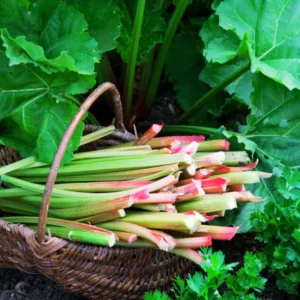 200 Rhubarb Seeds for Planting, Heirloom Non GMO Seeds, High Germination Rate, easy to Plant
200 Rhubarb Seeds for Planting, Heirloom Non GMO Seeds, High Germination Rate, easy to Plant 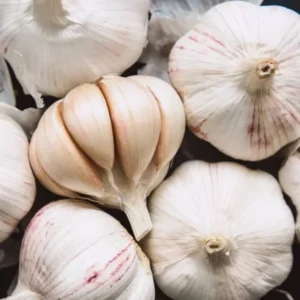 Garlic Bulbs For Planting, Seed Garlic Bulbs, 1 Pound - Music Garlic
Garlic Bulbs For Planting, Seed Garlic Bulbs, 1 Pound - Music Garlic 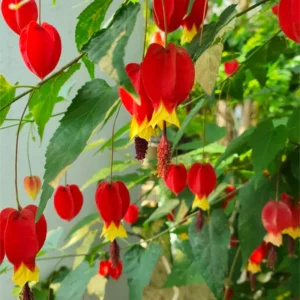 Abutilon Chinese Lantern Plant Starter - 2-4'' Tall Blooming Flower Plant
Abutilon Chinese Lantern Plant Starter - 2-4'' Tall Blooming Flower Plant  4 Hot Carolina Reaper Pepper Plants, World Hottest Pepper Plants, 80 Days Old Well Rooted, Live Hot Pepper Plants, Pepper Seedlings for Planting
4 Hot Carolina Reaper Pepper Plants, World Hottest Pepper Plants, 80 Days Old Well Rooted, Live Hot Pepper Plants, Pepper Seedlings for Planting  450 Vinca Plants, Vinca Minor Ground Cover Plants, Vinca Minor Plants, Periwinkle Plants Live, 6 to 8 Inc Tall, Vinca Well Rooted for Garden
450 Vinca Plants, Vinca Minor Ground Cover Plants, Vinca Minor Plants, Periwinkle Plants Live, 6 to 8 Inc Tall, Vinca Well Rooted for Garden 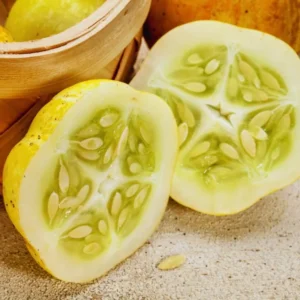 Lemon Cucumber Seeds, 50 Cucumber Plant Seeds, Cucumber Seeds For Planting Outdoors Indoors, Vegetable Seeds
Lemon Cucumber Seeds, 50 Cucumber Plant Seeds, Cucumber Seeds For Planting Outdoors Indoors, Vegetable Seeds 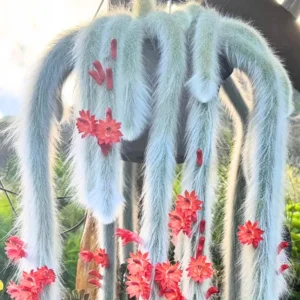 Monkey Tail Cactus Live Plant - 2 Inch Potted Succulent for Garden
Monkey Tail Cactus Live Plant - 2 Inch Potted Succulent for Garden 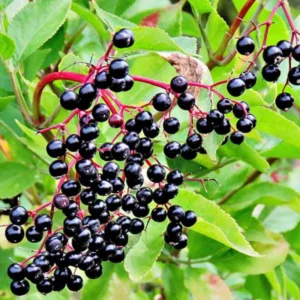 American Elderberry Bush, 6-12 Inch Tall, Black Elderberry Plant High Yielding, Hardy Fruit Plants
American Elderberry Bush, 6-12 Inch Tall, Black Elderberry Plant High Yielding, Hardy Fruit Plants  Set 12 Purple Blue Violet Flowering Plants, Decorative Plants for Garden, Vibrant Colored Flowers
Set 12 Purple Blue Violet Flowering Plants, Decorative Plants for Garden, Vibrant Colored Flowers  Set 2 Wonderful Pomegranate Tree Live Plant - 6 to 9 Inches Tall, Pomegranate Fruit Tree Plant for Home Garden
Set 2 Wonderful Pomegranate Tree Live Plant - 6 to 9 Inches Tall, Pomegranate Fruit Tree Plant for Home Garden  25 Daffodil Bulbs, Yellow Daffodils Flower Bulbs, Perennial Flower Bulbs
25 Daffodil Bulbs, Yellow Daffodils Flower Bulbs, Perennial Flower Bulbs 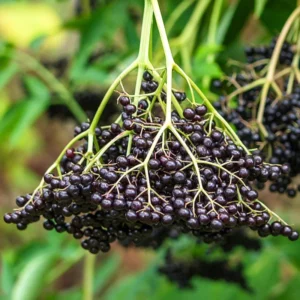 2 American Elderberry Bushes, 6-12 Inch Tall, Black Elderberry Plants High Yielding, Hardy Fruit Plants
2 American Elderberry Bushes, 6-12 Inch Tall, Black Elderberry Plants High Yielding, Hardy Fruit Plants 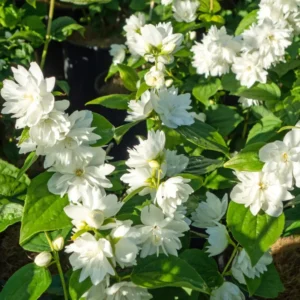 Fragrant Mock Orange Shrub, Mock Orange Live Plant, Hardy Mock Orange for Hedges in Quart Pot, 1 to 2 Feet Tall
Fragrant Mock Orange Shrub, Mock Orange Live Plant, Hardy Mock Orange for Hedges in Quart Pot, 1 to 2 Feet Tall  Red Twig Dogwood Shrub Tree, Twig Dogwood Bushes Live Plant, Bare Root, 8-16 Inc Liners, Dormant in Winter
Red Twig Dogwood Shrub Tree, Twig Dogwood Bushes Live Plant, Bare Root, 8-16 Inc Liners, Dormant in Winter 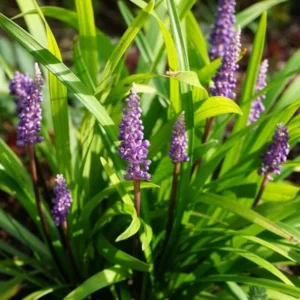 Set of 3 Liriope Muscari Plants Live, Lily Turf Ground Cover, 6 Inch Starter Plants for Landscaping
Set of 3 Liriope Muscari Plants Live, Lily Turf Ground Cover, 6 Inch Starter Plants for Landscaping 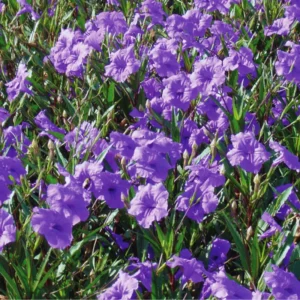 8 Inch Tall Mexican Petunias Live Plants Pink, Well Rooted Mexican Petunias Live Plants For Planting Outdoors, Potted
8 Inch Tall Mexican Petunias Live Plants Pink, Well Rooted Mexican Petunias Live Plants For Planting Outdoors, Potted 
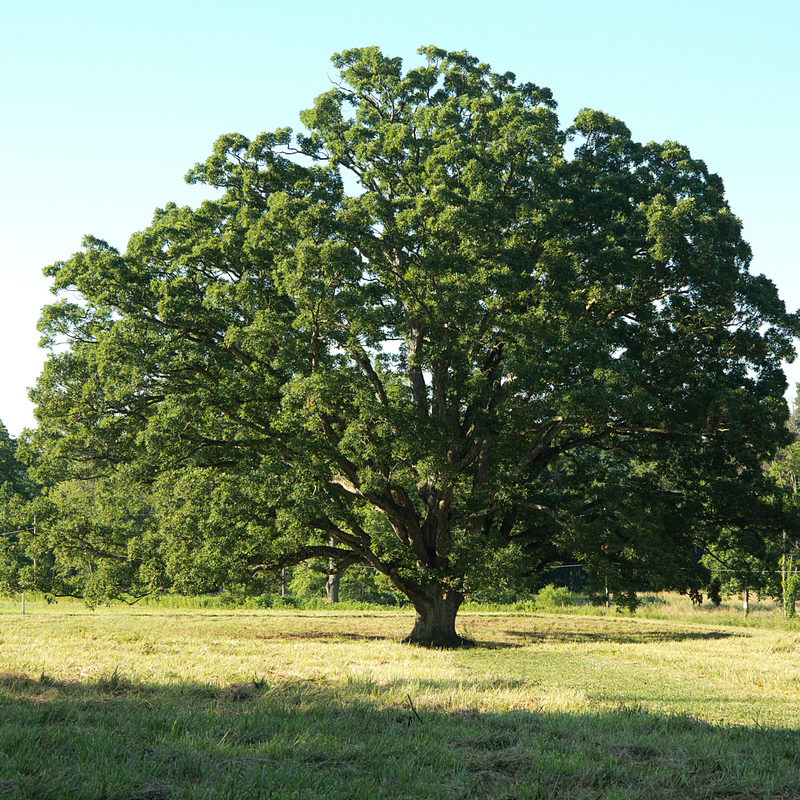

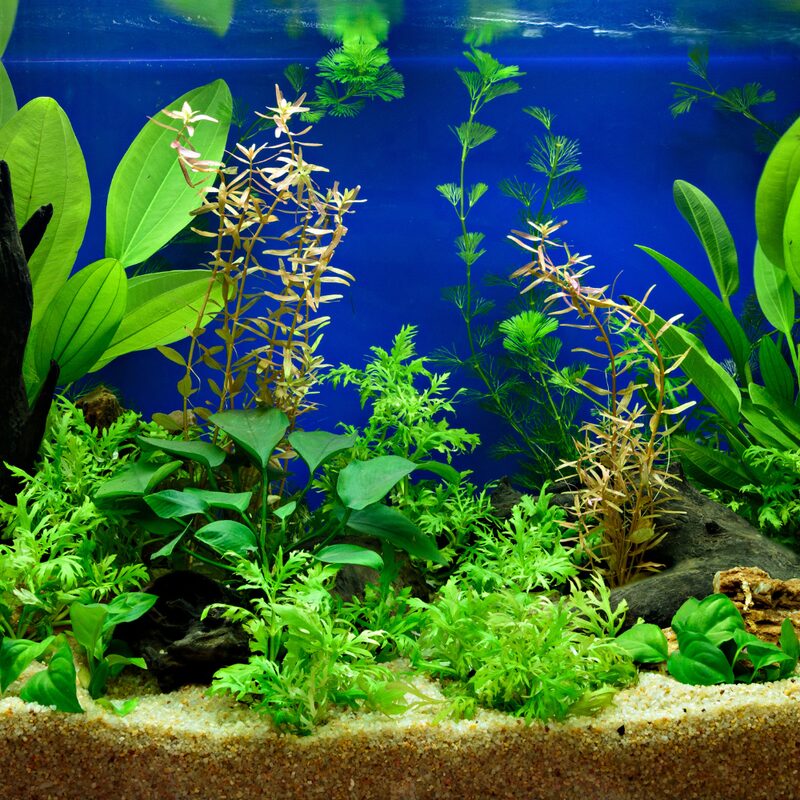
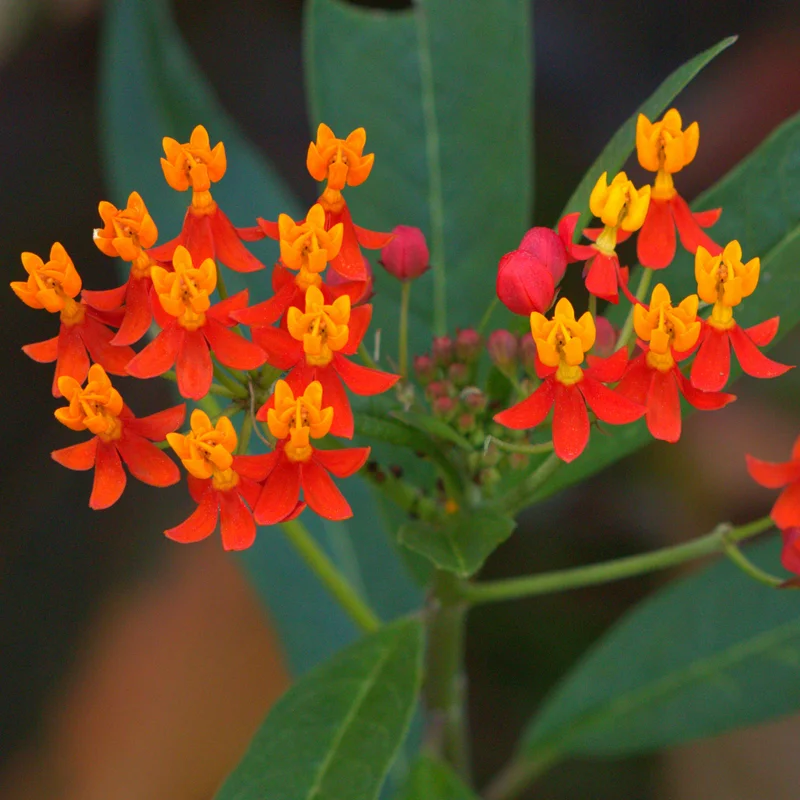
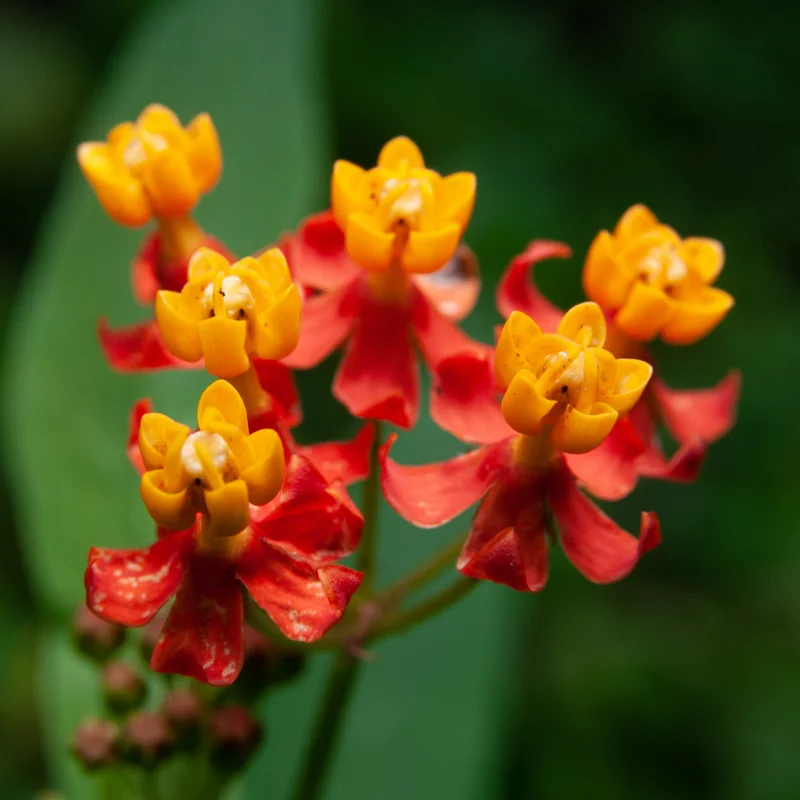
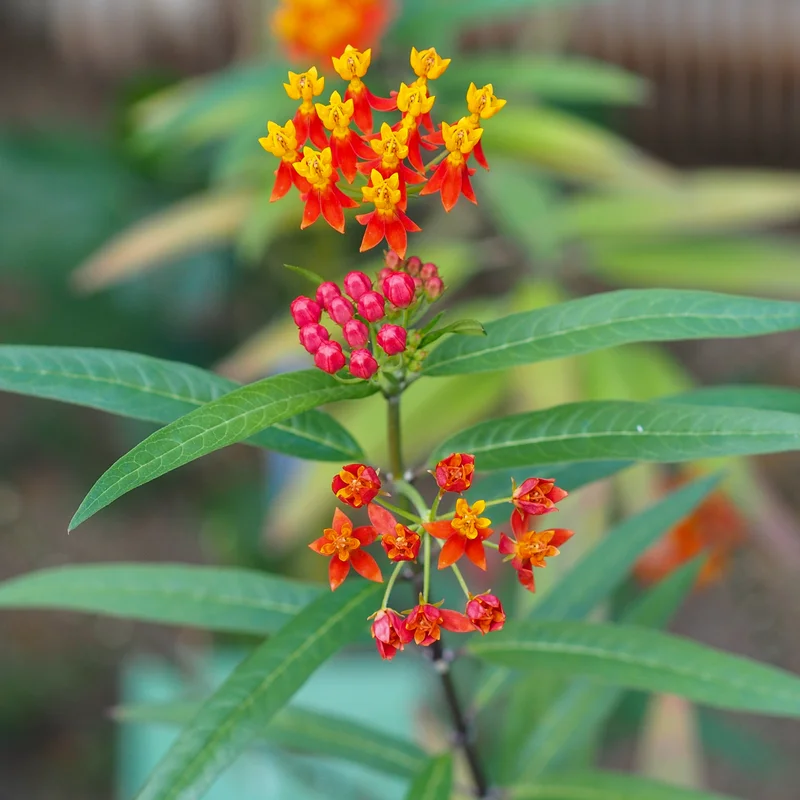
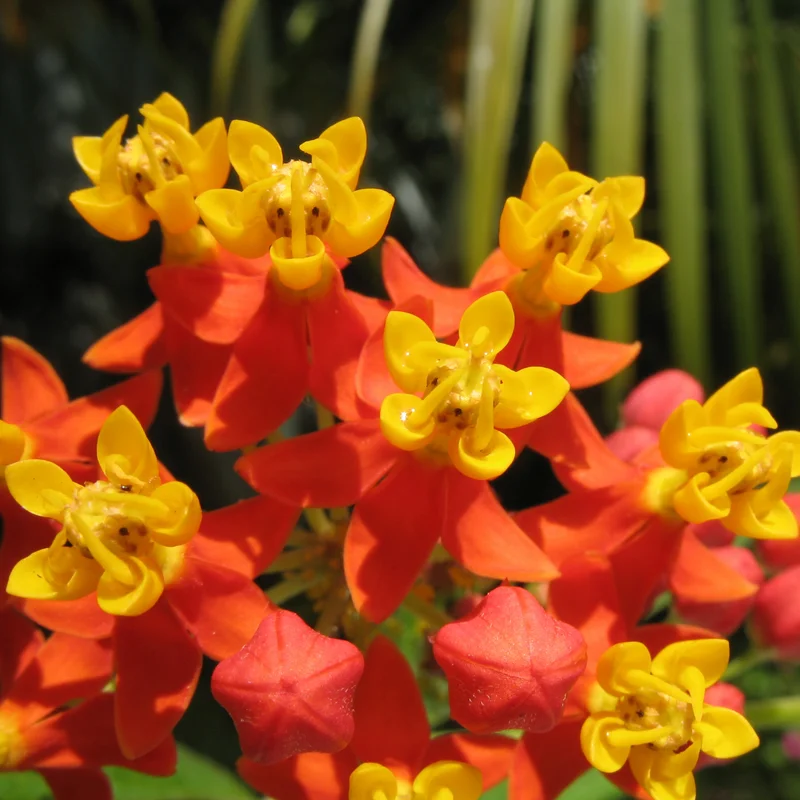
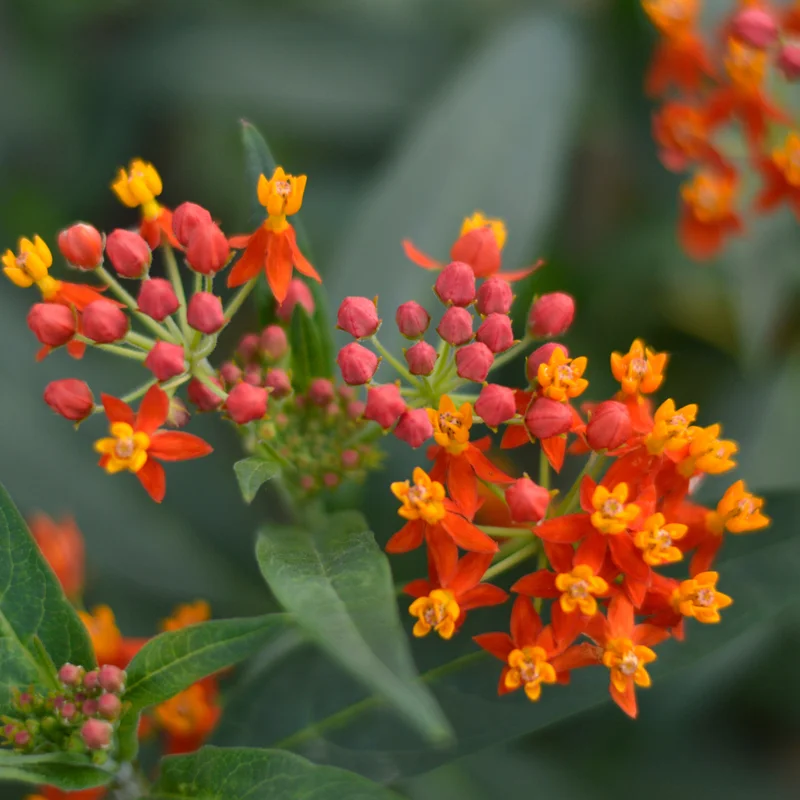


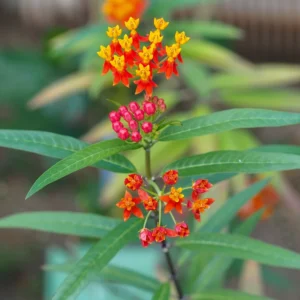

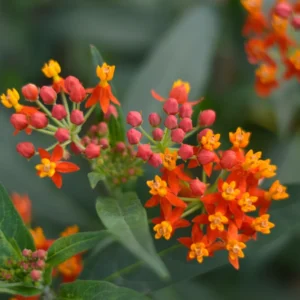




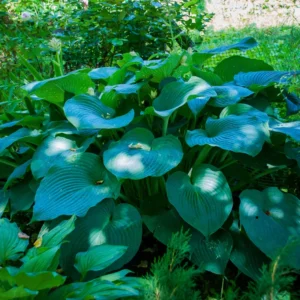
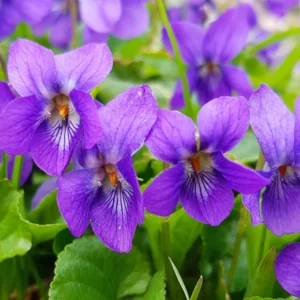
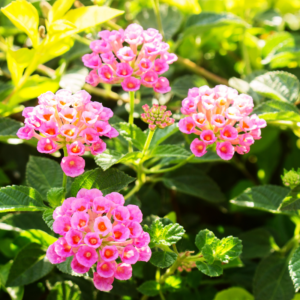
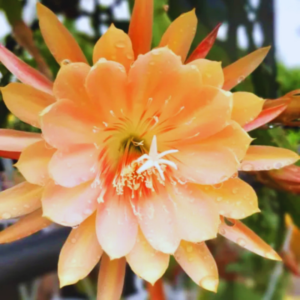
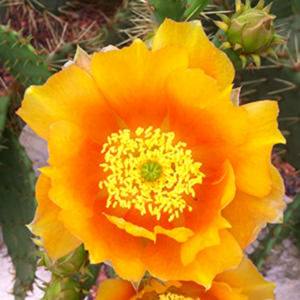
Reviews
There are no reviews yet.